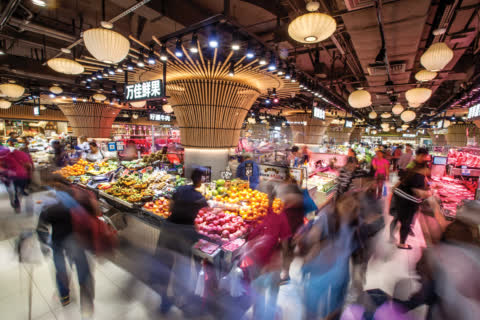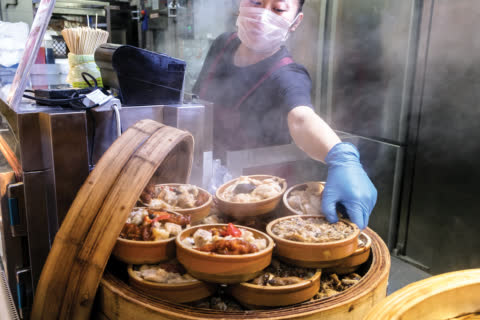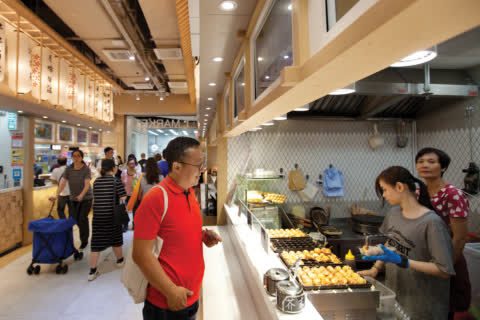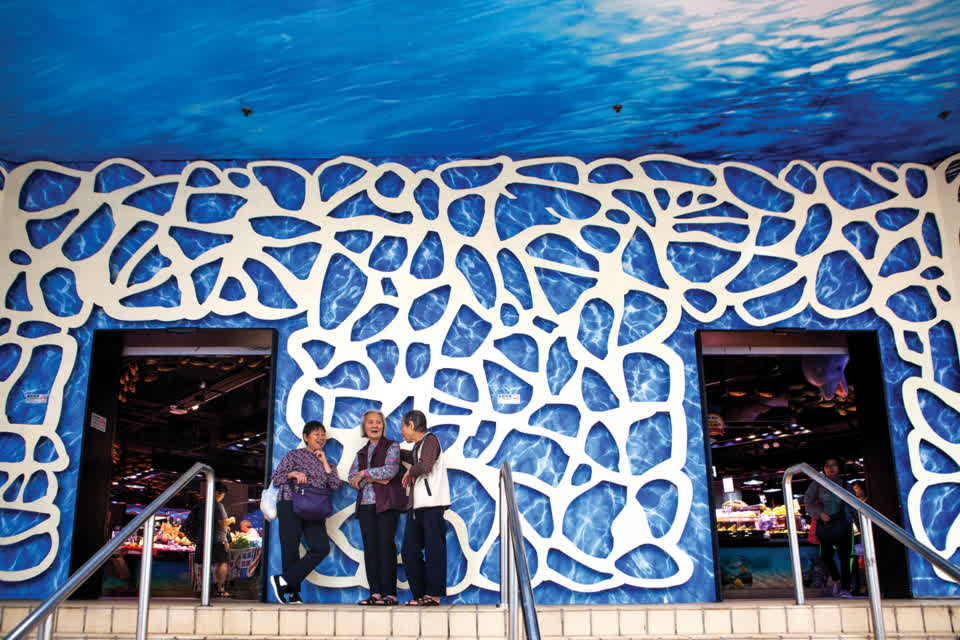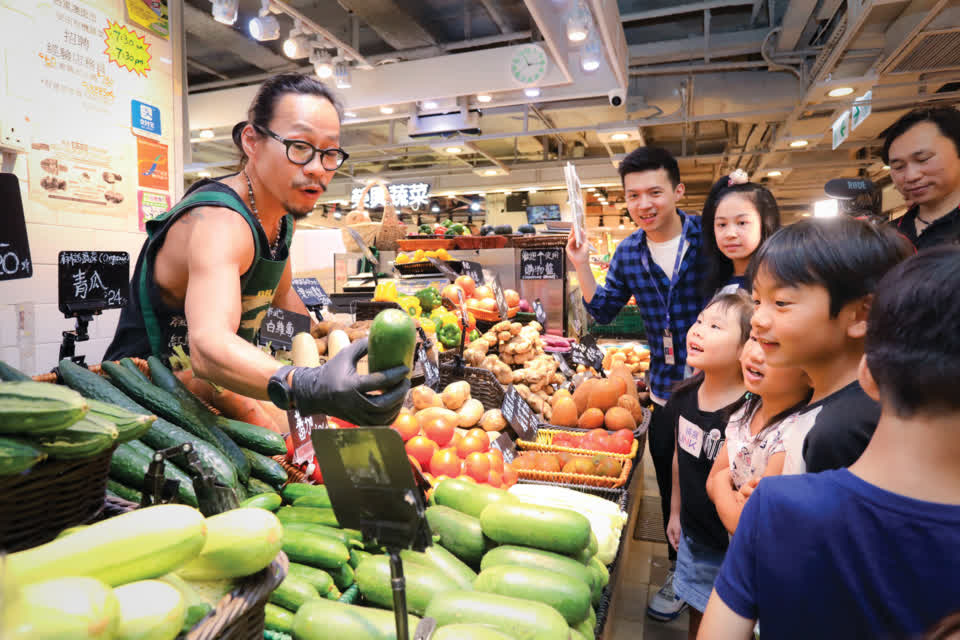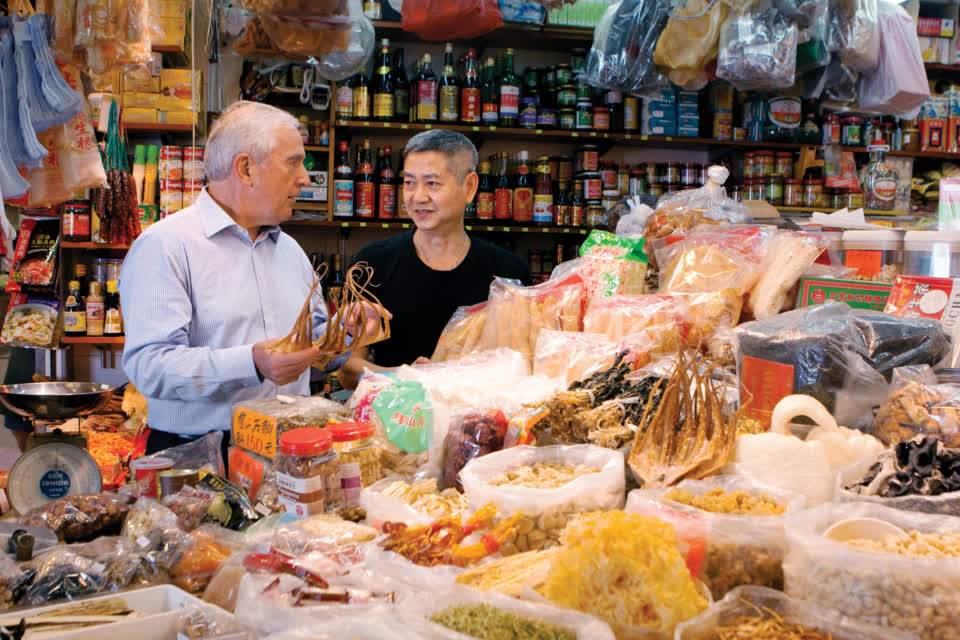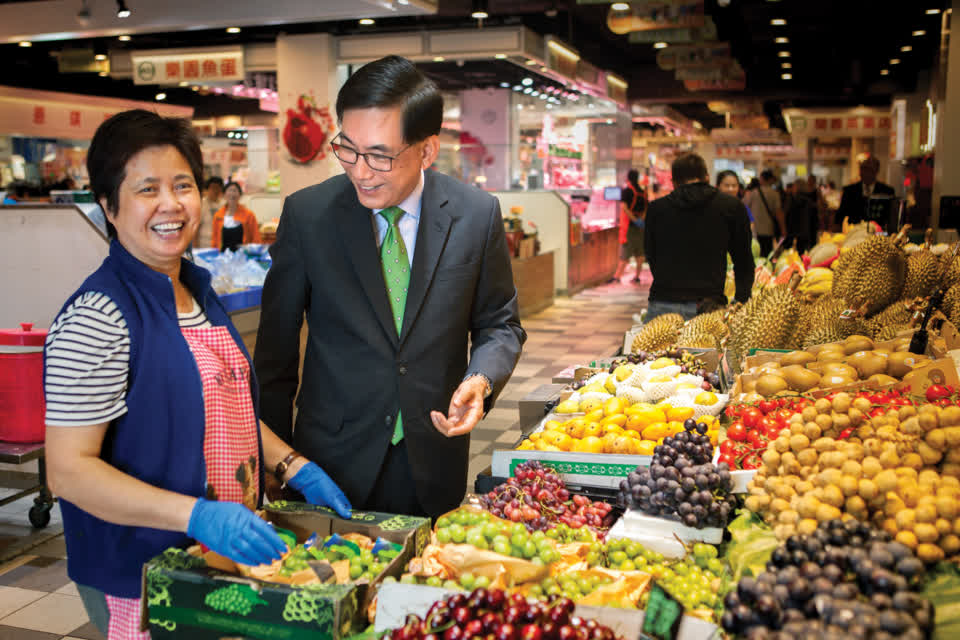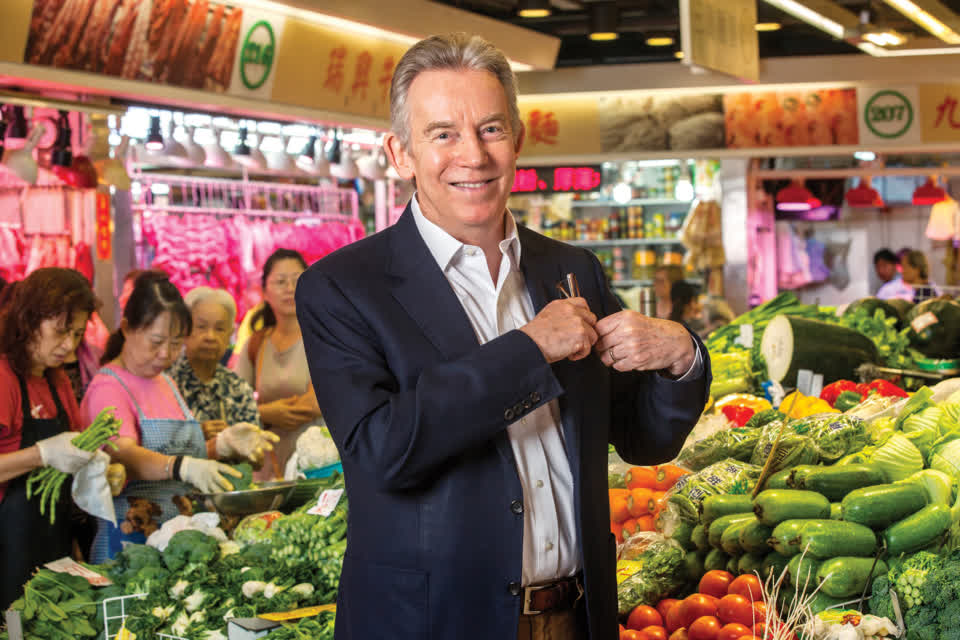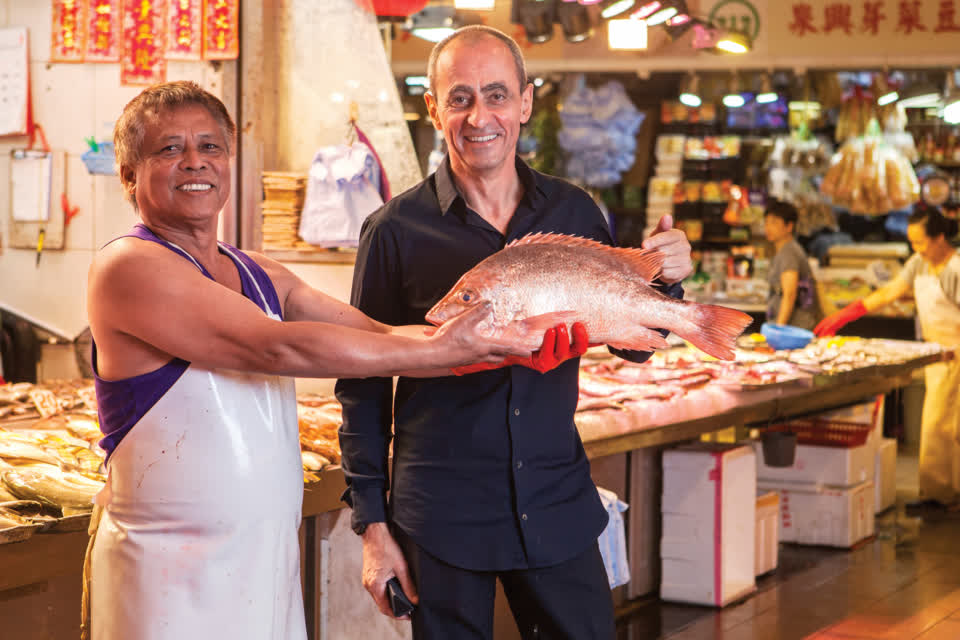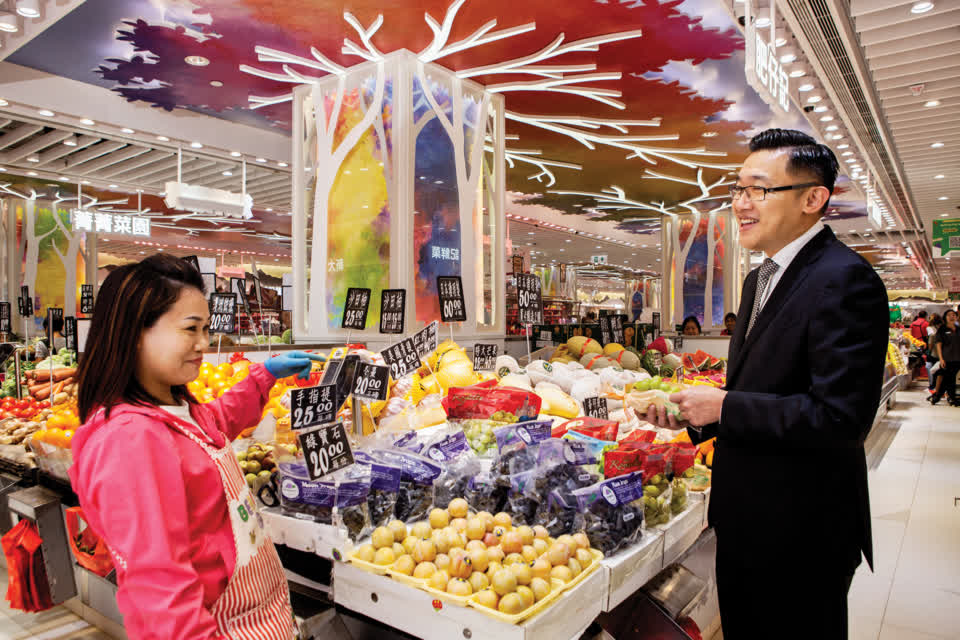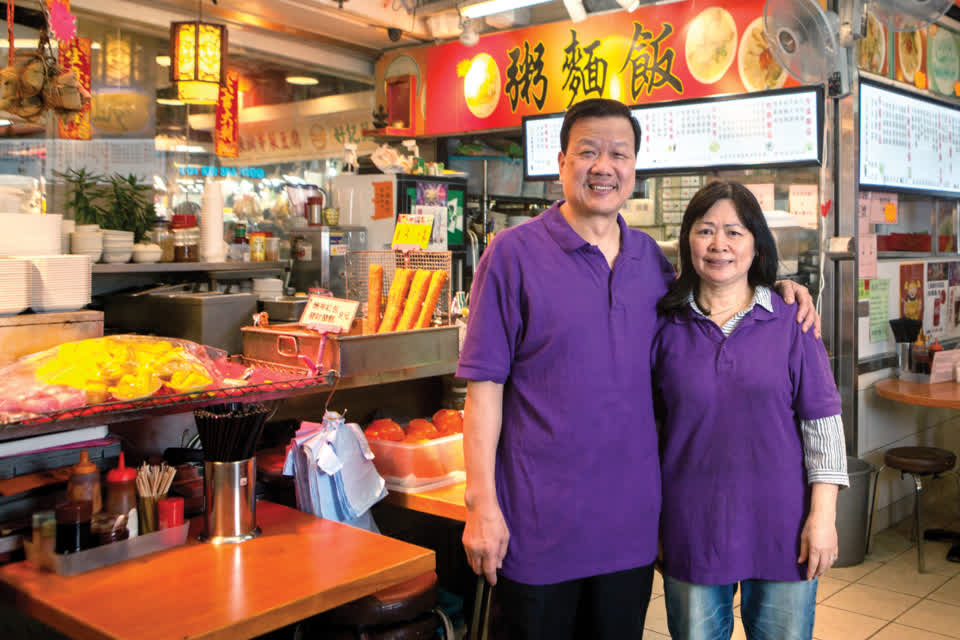This was a natural result of creating a more welcoming environment, says Allen.
“When you bring in air conditioning, when you bring in better drainage, better lighting, better layout, you change the way that the tenants mix, and you find very quickly that the age group of people coming into the market differs,” he says. “What’s really very positive is that you see the age group of the tenants differ too, and that is transformative in terms of the retail offering.”
What Allen means is that the wider demographic of visitors to the markets has had an energising knock-on effect on the variety of goods on offer.
If you haven’t visited the markets in a while, you might be surprised to find previously unheard-of items like coffee beans, European cheeses and Japanese fruit on sale in some of the updated locations. The variety depends on the purchasing power of the catchment area, the tastes of people in the catchment area, and on the traders themselves.
The trade mix – the proportion of different goods sold in each market – has changed a lot. In the past, the one-third of stalls which were not selling fresh food were occupied mostly by dry goods and other trades like ironmongers. Today, the markets still focus on fresh produce for two-thirds of the stalls, depending on the location, but the remainder of the space is given to a more diverse trade mix. For instance, cooked food has been introduced.
“Hong Kong people like snacks and street food, so we have enriched some markets with cooked food stalls to meet this demand,” says Peionie Kong, Director of Asset Management at Link. “Introducing new products to excite the shoppers is always a tactic too. For example, the new market at Nam Cheong even has an oyster bar.”
Jackie Ling, from Uni-China, which operates markets at some of Link’s properties, has been keen to use cooked food as a way to extend opening hours and attract people to the markets for different reasons.
“After our markets were upgraded, we added ‘snack streets’ inside, which stay open until after midnight,” he says. “So it’s not just grocery shopping; the market is now a place for a snack after a day out, or a place for breakfast. We can take care of people’s lives all day long.”
A lot of students go to the markets for lunch because the prices are good, and in the evenings the cooked food stalls are popular with people who finish work late.
The renovated markets are for everyone, and this is underlined by the barrier-free access to the new facilities. This improvement gives elderly and disabled people equal access to an enjoyable shopping experience. It recognises that people come in all sizes, strengths and abilities, and the markets are a welcoming and accessible place for all of them.
